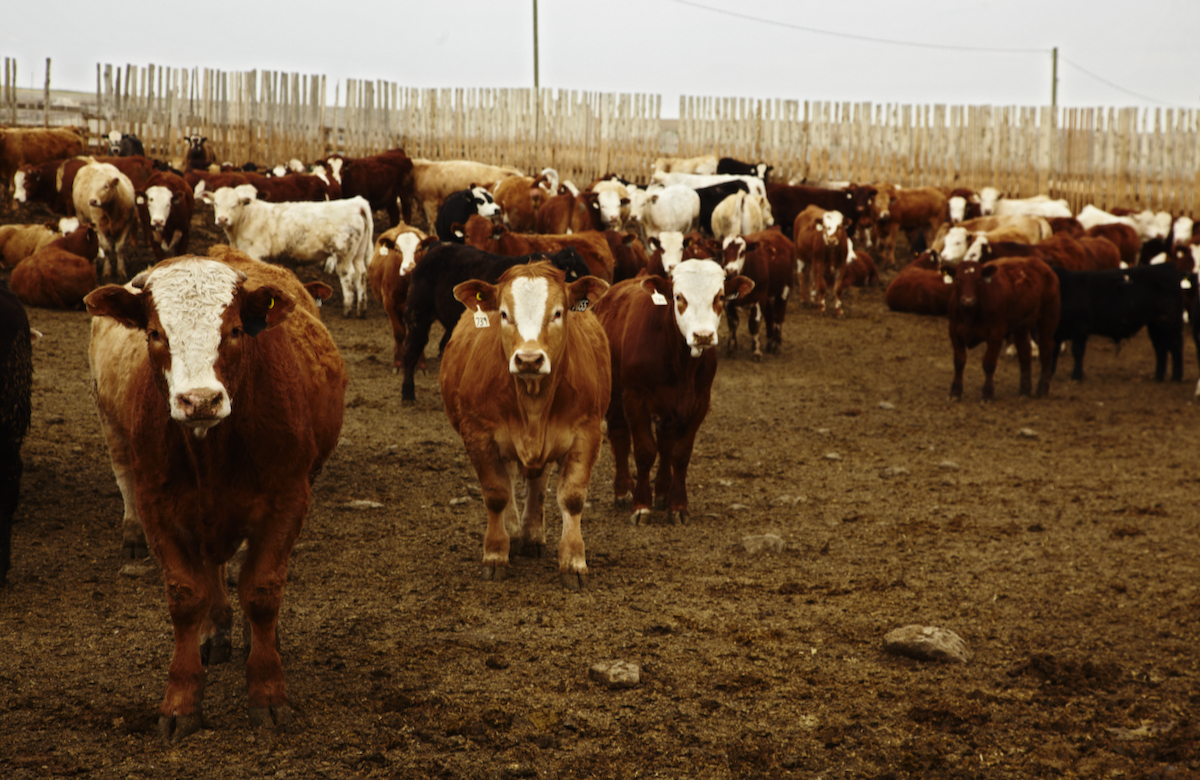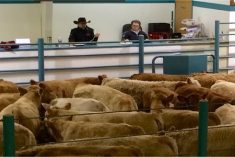Last week saw many auction barns holding their largest volumes of the year and there was no shortage of buying interest at these feature sales. Major feedlot operators were aggressively shopping because quality and risk sentiment appear to be more favourable this time of year. Calves have withstood adverse winter conditions for a couple of weeks at home before moving through the ring. Secondly, the volume of pre-conditioned calves has increased enhancing the overall price structure.
Western Canadian feeder cattle prices were steady to $2 higher on average but in some cases prices gained as much as $5 on premium feature cattle. Central Alberta prices for steers ranging from 500 to 550 pounds were solidly in the range of $293 to up to $300, with similar values in Saskatchewan and Manitoba. A larger group of exotic steers weighing just over 650 lbs. reached up to $294, delivered southern Alberta feedlot.
Read Also

U.S. livestock: Cattle at fresh highs, hogs weaken
Cattle futures on the Chicago Mercantile Exchange climbed to fresh highs on Tuesday, as tight supplies and the ongoing closure…
We are seeing lower cow slaughter and larger heifer retention as cow-calf producers are fully into the expansion phase. This factor will probably be more evident next spring when auction market volumes show a sharper year-over-year decline in receipts. Calves under 400 lbs. are extremely precious with feedlots securing supplies for the next round of feeding.
Alberta fed cattle prices continue to ratchet higher, with dressed sales as much as $5 above last week. There is resounding optimism moving forward with feedlots’ ability to lock in positive margins in the deferred positions. Despite the year-over-year increase in feeder cattle values, financial constraints are non-existent, with feedlots looking to hold similar to larger numbers than last winter. Financing can become extremely creative, given the current environment.
The prolonged period of constructive margins and the friendly beef outlook will continue to underpin the feeder cattle complex. Lethbridge barley was trading at $195 per tonne delivered Lethbridge last week and I continue to forecast further upside over the winter. However, the stronger feed grain market has not tempered the strength in feeder buying interest. As long as the fed cattle market holds up at these higher levels, the feeders will be well supported.
— Jerry Klassen is a commodity market analyst in Winnipeg and maintains an interest in the family feedlot in southern Alberta. He writes an in-depth biweekly commentary, Canadian Feedlot and Cattle Market Analysis, for feedlot operators in Canada. He can be reached by email at [email protected] for questions or comments.
















